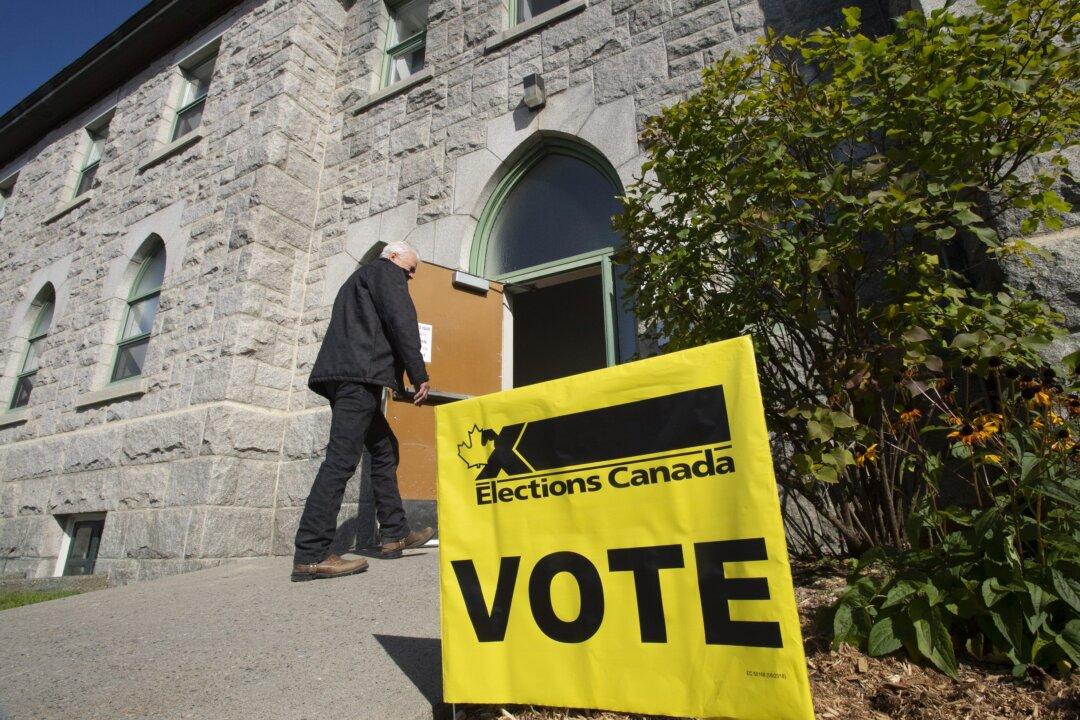A record number of mail-in ballots are expected in this federal election, but the process will be much different than the one used in the last U.S. election, says an Elections Canada spokesperson.
In the 2019 federal election, 50,000 Canadians cast their ballot by mail, a number that could swell to 2-3 million this time due to the pandemic. An Angus Reid poll last November found that one in five Canadians, including 36 percent of Albertans and 41 percent of Conservative voters, believed the 2020 U.S. presidential election was unfair and should be contested.





